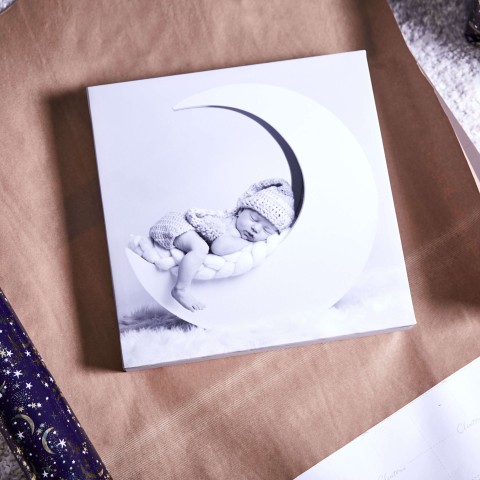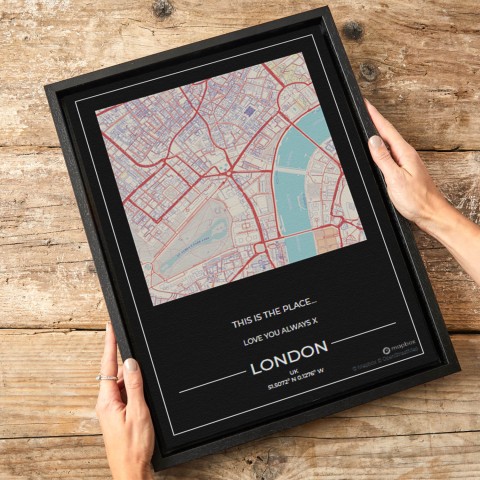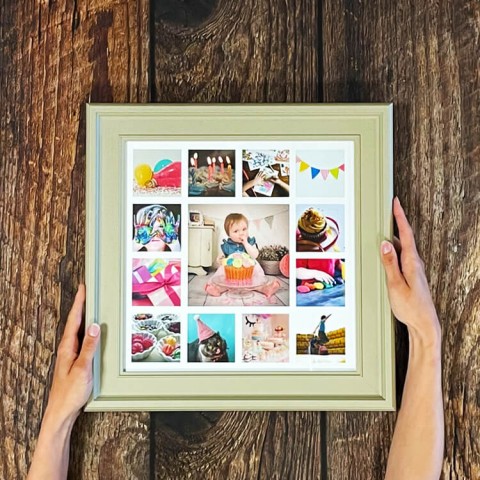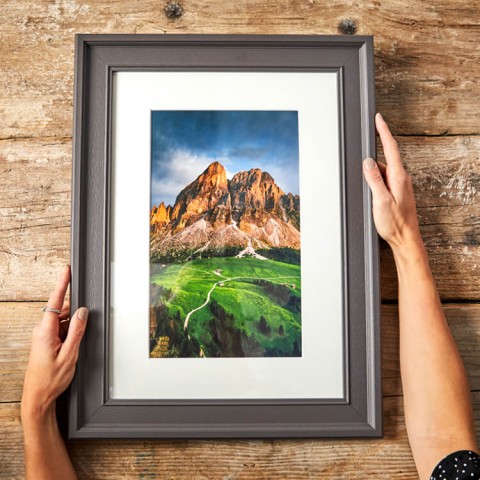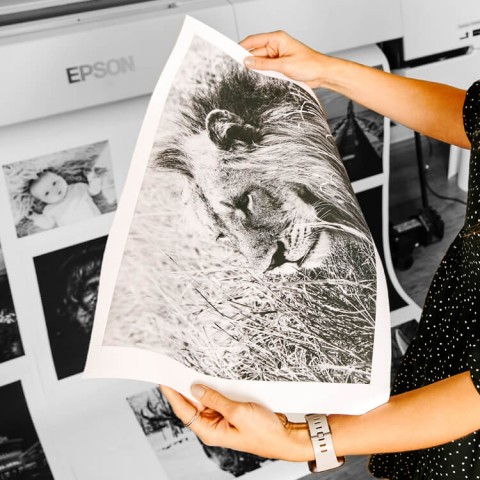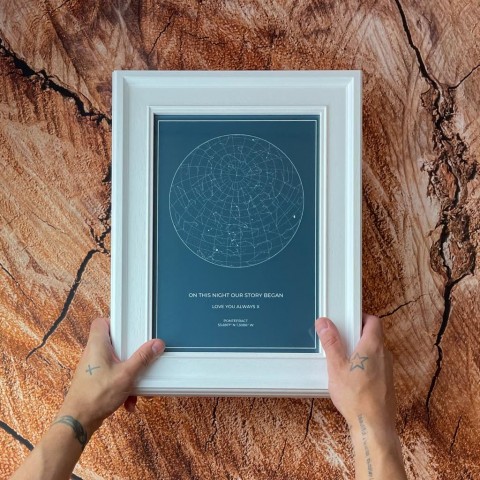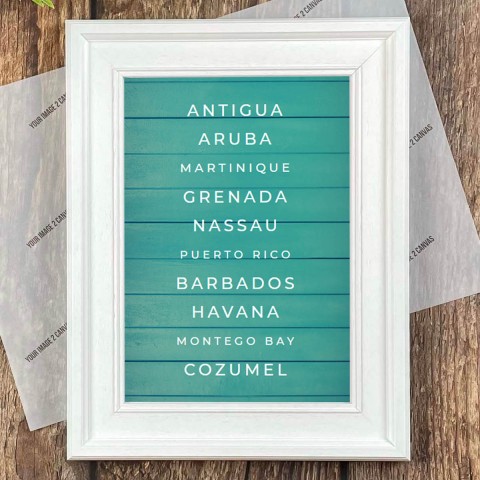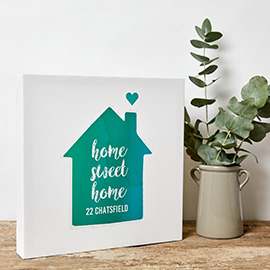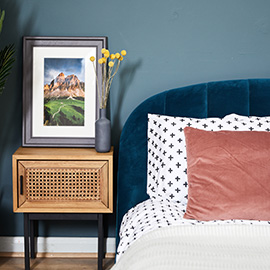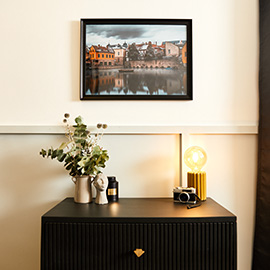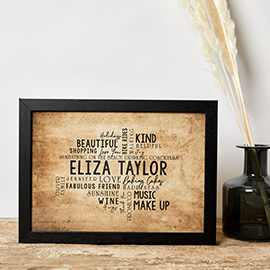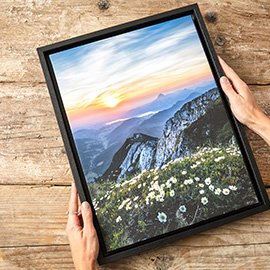Home Studio Photography - part VII
Welcome to the next instalment in our comprehensive series on home studio photography. If you've been following along, you'll now be the proud owner of everything you need to start shooting professional quality studio images of your friends, family or clients. This week we're going to help you avoid some common pitfalls associated with setting up your infinity curve.
Where do I start?
It's common to be slightly taken aback by the sheer size of a roll of background material; it's heavy, awkward and slightly daunting. To ease your anxiety we'll walk you through the set-up of a freestanding background system, for a simple full-length shoot on grey paper. Many of these tips, however, apply just as readily to vinyl backgrounds, or a wall mounted support system:
Open the legs of your light stands and background support stands as wide as you can to create as stable a base as possible.
Ensure that the support bar on your background system is situated above one of the outstretched legs of your stands ─ this is crucial for stability.
Use sandbags to hold all of your stands in place. The first rule of studio photography, especially in confined spaces, is that if something can be knocked over, it will be!
Lay your paper roll on the floor, insert the background support bar, and lift as one to attach to your background stands; you will find that they're much easier to control this way.
Raise your paper roll as high as you comfortably can – especially for taller subjects ─ and make sure that it's absolutely level at the top: use a spirit level to be accurate. If it's not level you’ll create creases in your paper and render it useless.
Unrolling your paper correctly takes practice and a steady hand ─ it's definitely better to unroll all the paper you need before pulling it out to create your infinity curve.
Unroll your paper slowly, with the roll under just enough pressure to prevent it from cascading down ─ it's amazing how much momentum it has. When you're happy that you’ve unrolled enough paper, use plastic clips to prevent any further unravelling.
Gently unroll the paper that's bunched under the support system, and pull it out to create a nice gentle curve below the background stand. A longer curve is easier to light, but too long and you'll risk a stray foot ripping your paper.
Secure your paper to the floor with gaffer tape; it's non-marking and very effective.
Congratulation! You're now ready to unwrap those shiny new lights and start shooting! Next week we’ll discuss light placement ─ the make or break aspect of studio photography.


